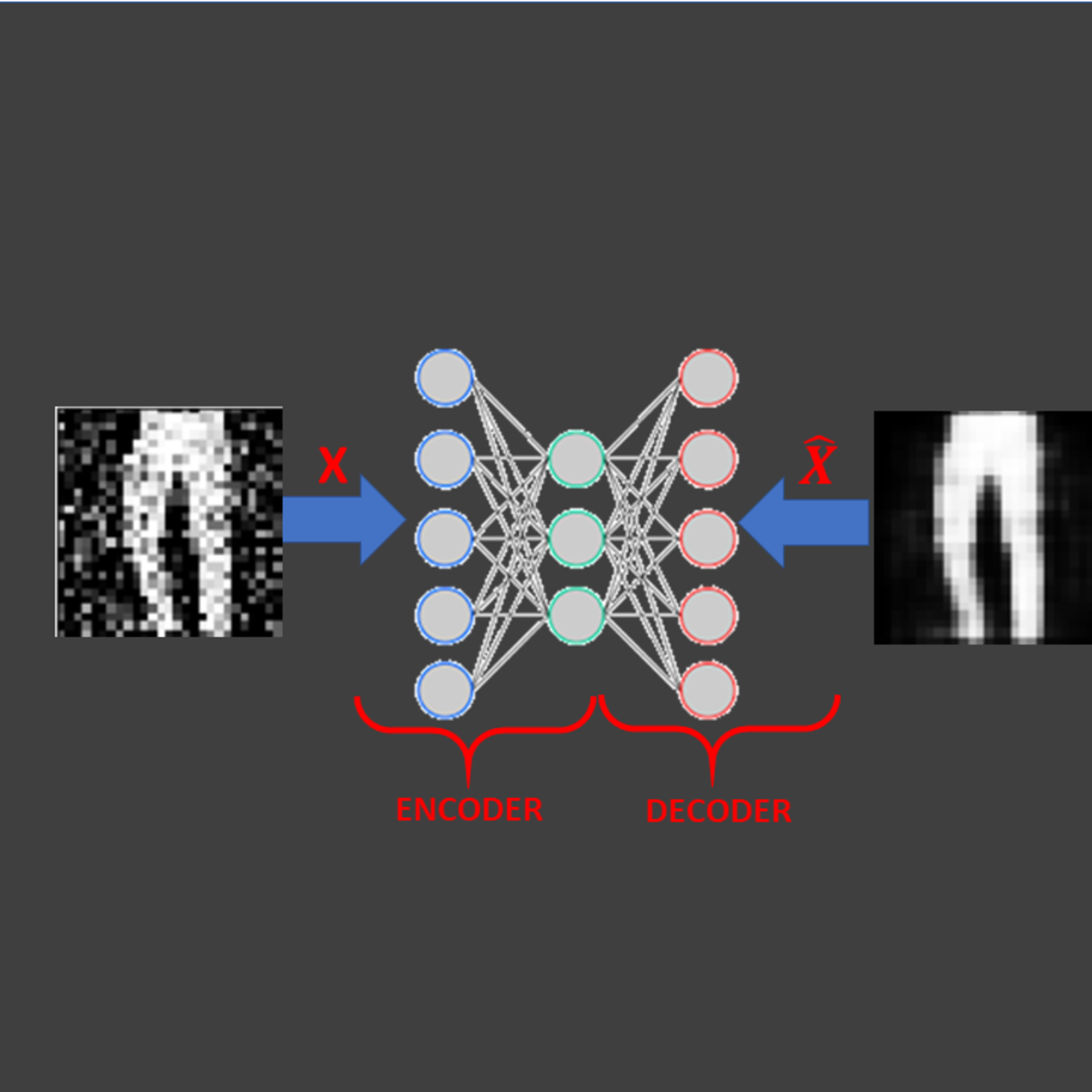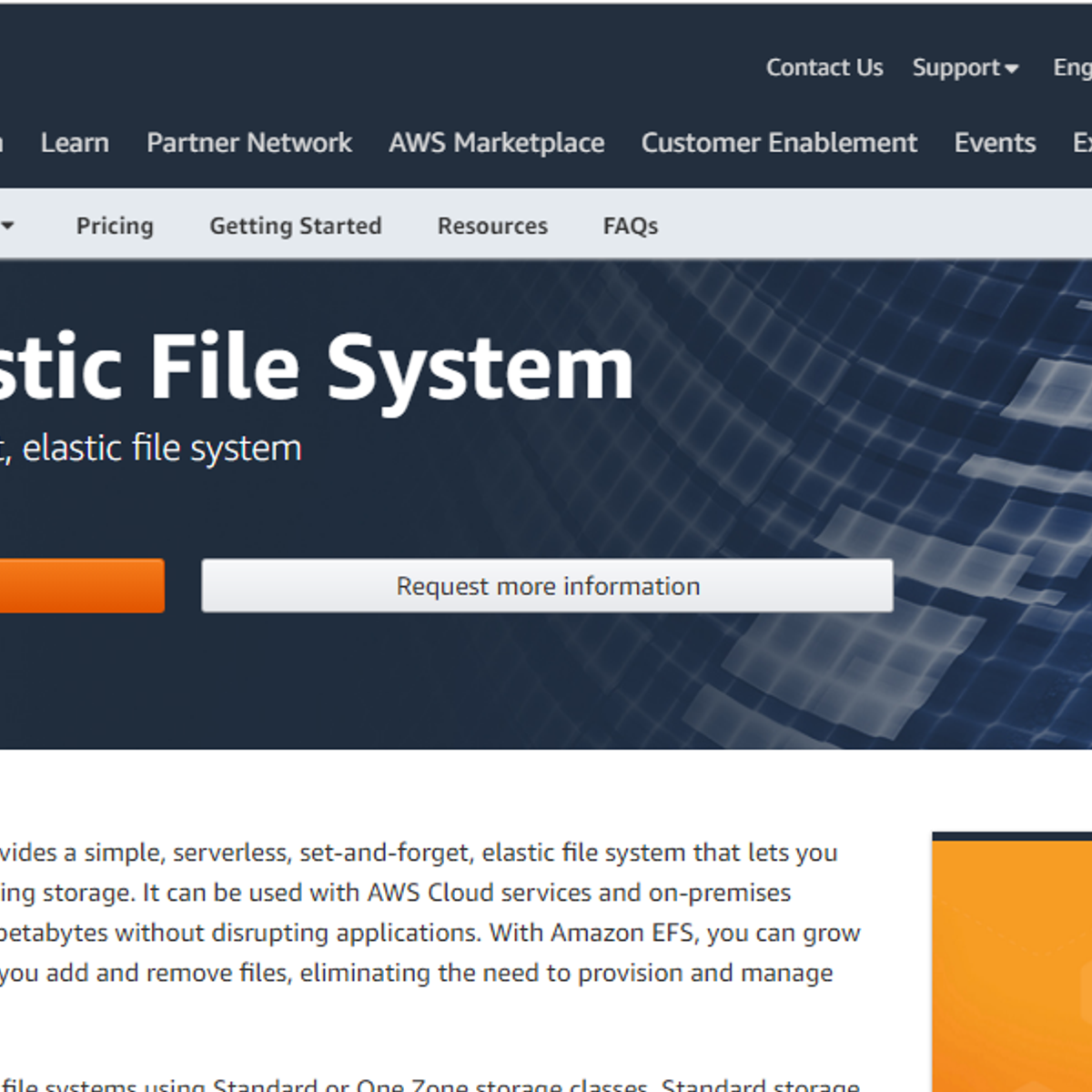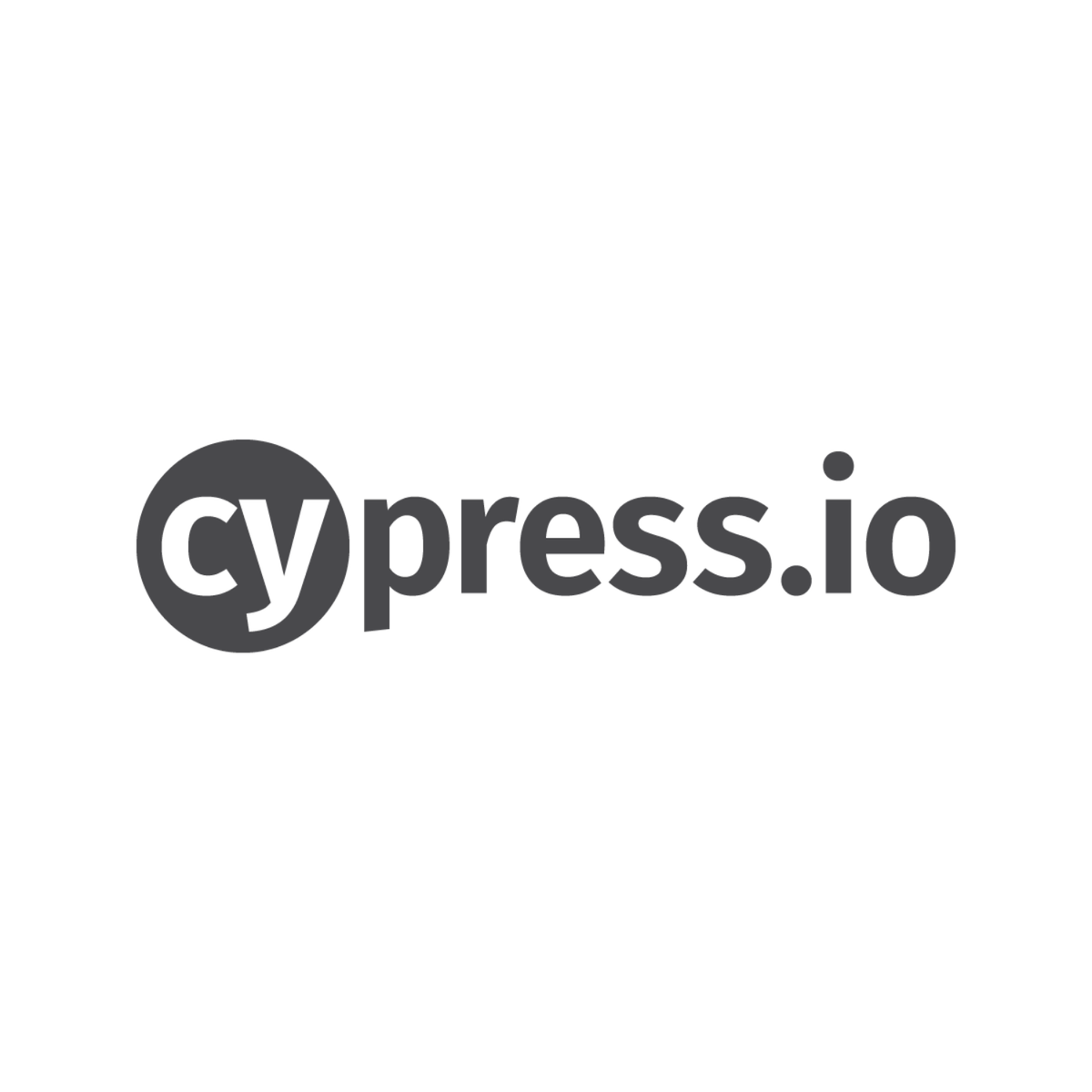Back to Courses









Computer Science Courses - Page 4
Showing results 31-40 of 2309

Image Denoising Using AutoEncoders in Keras and Python
In this 1-hour long project-based course, you will be able to:
- Understand the theory and intuition behind Autoencoders
- Import Key libraries, dataset and visualize images
- Perform image normalization, pre-processing, and add random noise to images
- Build an Autoencoder using Keras with Tensorflow 2.0 as a backend
- Compile and fit Autoencoder model to training data
- Assess the performance of trained Autoencoder using various KPIs
Note: This course works best for learners who are based in the North America region. We’re currently working on providing the same experience in other regions.

Create a Boggle Word Solver using recursion in Python
In this 1-hour long project-based course, you will have created a Boggle Word Solver in Python by defining various functions that load a 4x4 game board based on input, recursively searches in all allowed directions for plausible words using Depth First Traversal, and then prints out the valid words based on length constraints and by cross-checking whether the word exists in the stored dictionary. You will also learn to store the dictionary in a trie data structure which makes for more efficient lookups.
This guided project is aimed at learners who are wanting to learn or practice recursion and graph traversal concepts in Python by developing a fun game. Understanding DFS and recursion is essential and will greatly expand your programming potential as they are used at the base of various algorithms. Implementing a prefix tree will also help you understand a new efficient data structure.
Note: This course works best for learners who are based in the North America region. We’re currently working on providing the same experience in other regions.

Introduction to AWS Elastic File System
Amazon Elastic File System offers a simple interface that allows you to create and configure file systems quickly and easily in AWS. By the end of this project, you will get a real world experience of working with EFS on a production environment. The Idea is to create an EFS in AWS and create a text document using one Linux Instance and access the same document via another Linux Instance.

Introduction to Programming with MATLAB
This course teaches computer programming to those with little to no previous experience. It uses the programming system and language called MATLAB to do so because it is easy to learn, versatile and very useful for engineers and other professionals. MATLAB is a special-purpose language that is an excellent choice for writing moderate-size programs that solve problems involving the manipulation of numbers. The design of the language makes it possible to write a powerful program in a few lines. The problems may be relatively complex, while the MATLAB programs that solve them are relatively simple: relative, that is, to the equivalent program written in a general-purpose language, such as C++ or Java. As a result, MATLAB is being used in a wide variety of domains from the natural sciences, through all disciplines of engineering, to finance, and beyond, and it is heavily used in industry. Hence, a solid background in MATLAB is an indispensable skill in today’s job market.
Nevertheless, this course is not a MATLAB tutorial. It is an introductory programming course that uses MATLAB to illustrate general concepts in computer science and programming. Students who successfully complete this course will become familiar with general concepts in computer science, gain an understanding of the general concepts of programming, and obtain a solid foundation in the use of MATLAB.
Students taking the course will get a MATLAB Online license free of charge for the duration of the course. The students are encouraged to consult the eBook that this course is based on. More information about these resources can be found on the Resources menu on the right.

Diabetic Retinopathy Detection with Artificial Intelligence
In this project, we will train deep neural network model based on Convolutional Neural Networks (CNNs) and Residual Blocks to detect the type of Diabetic Retinopathy from images. Diabetic Retinopathy is the leading cause of blindness in the working-age population of the developed world and estimated to affect over 347 million people worldwide. Diabetic Retinopathy is disease that results from complication of type 1 & 2 diabetes and can develop if blood sugar levels are left uncontrolled for a prolonged period of time. With the power of Artificial Intelligence and Deep Learning, doctors will be able to detect blindness before it occurs.

Manipulate Object Properties with C# in Unity
In this two-hour, project-based course, you’ll use Unity to learn about directly manipulating certain properties of GameObjects, including color, scale and position. In a simple space environment, you'll calculate distances between objects to derive color, use random numbers to teleport, and use Unity’s physics engine to engage gravity and make objects bouncy!
This Unity guided project is focused on C# coding.

Python Programming Essentials
This course will introduce you to the wonderful world of Python programming! We'll learn about the essential elements of programming and how to construct basic Python programs. We will cover expressions, variables, functions, logic, and conditionals, which are foundational concepts in computer programming. We will also teach you how to use Python modules, which enable you to benefit from the vast array of functionality that is already a part of the Python language. These concepts and skills will help you to begin to think like a computer programmer and to understand how to go about writing Python programs.
By the end of the course, you will be able to write short Python programs that are able to accomplish real, practical tasks. This course is the foundation for building expertise in Python programming. As the first course in a specialization, it provides the necessary building blocks for you to succeed at learning to write more complex Python programs.
This course uses Python 3. While many Python programs continue to use Python 2, Python 3 is the future of the Python programming language. This first course will use a Python 3 version of the CodeSkulptor development environment, which is specifically designed to help beginning programmers learn quickly. CodeSkulptor runs within any modern web browser and does not require you to install any software, allowing you to start writing and running small programs immediately. In the later courses in this specialization, we will help you to move to more sophisticated desktop development environments.

Introduction to Deep Learning & Neural Networks with Keras
Looking to start a career in Deep Learning? Look no further. This course will introduce you to the field of deep learning and help you answer many questions that people are asking nowadays, like what is deep learning, and how do deep learning models compare to artificial neural networks? You will learn about the different deep learning models and build your first deep learning model using the Keras library.
After completing this course, learners will be able to:
• Describe what a neural network is, what a deep learning model is, and the difference between them.
• Demonstrate an understanding of unsupervised deep learning models such as autoencoders and restricted Boltzmann machines.
• Demonstrate an understanding of supervised deep learning models such as convolutional neural networks and recurrent networks.
• Build deep learning models and networks using the Keras library.

Learn Cypress UI test automation with real-time scenarios
Cypress is a complete end-to-end test automation tool built to test modern-day web applications. It is capable of automating both UI and API. This project is for beginner's in Cypress and helps you automate real-time scenarios like --
1. Understanding Cypress and its architecture
2. Integration with form elements
3. Adding assertions to the test cases
4. Handling multiple elements
5. Scroll down operation
6. IFrame handling
7. Drag and drop operation
8. Multiple tab handling
9. Fixtures in Cypress

User Experience Design with Disney Creative Strategy in Miro
By the end of this project, you will be able to guide teams to come up with creative ideas and an action plan to support them by applying the Disney Creative Strategy to User Experience design.
To do this, you will gain hands-on experience structuring a brainstorming session to attack a design challenge from three unique mindsets to arrive at the most viable and creative idea. You will do this work in the Miro online visual collaboration platform for teamwork.
Note: This course works best for learners who are based in the North America region. We’re currently working on providing the same experience in other regions.
Popular Internships and Jobs by Categories
Find Jobs & Internships
Browse
© 2024 BoostGrad | All rights reserved